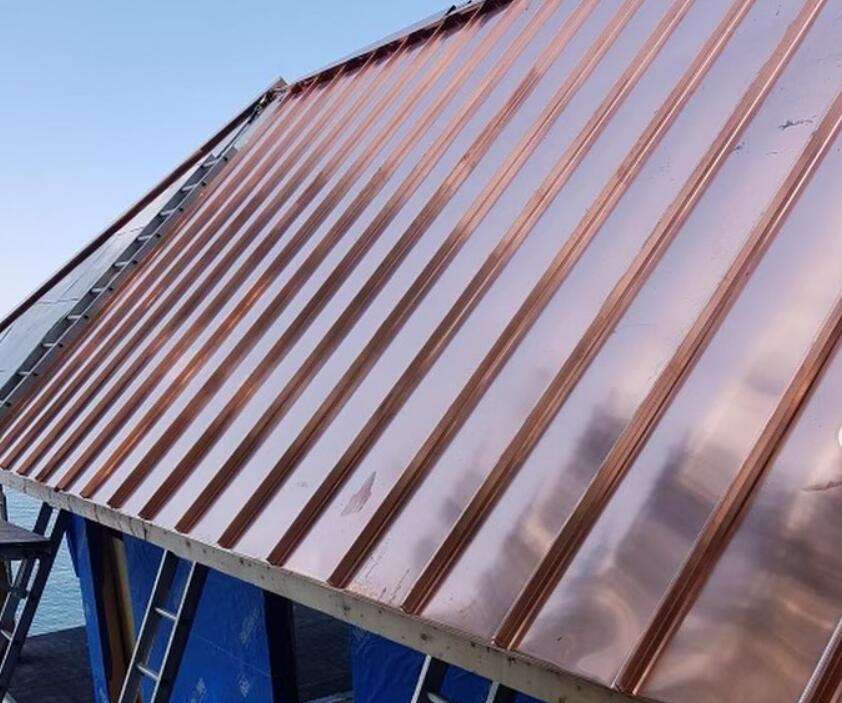Affordable Slitting Line Machine Prices | High-Quality Solutions
Understanding the Costs of Slitting Line Machines
In the manufacturing sector, efficiency and precision are key to maintaining competitiveness and profitability. One of the crucial pieces of equipment that contribute to these factors is the slitting line machine. This machine plays a vital role in processing strips of materials, typically metal, into narrower widths that are suitable for various industrial applications. As the demand for slitting line machines grows, so does the need to understand their pricing and what influences these costs.
What is a Slitting Line Machine?
A slitting line machine consists of several components, including unwinding stations, slitting blades, tensioning systems, and recoilers. It serves the purpose of taking wider rolls of material and cutting them down into smaller, more manageable strips. Industries such as automotive, construction, and appliance manufacturing frequently utilize slitting lines to prepare materials for further processing or assembly.
Factors Affecting the Price of Slitting Line Machines
1. Machine Specifications The specifications of the slitting line machine significantly influence its price. Machines that offer higher precision, faster processing speeds, and more advanced technology will typically cost more. For instance, machines equipped with automated controls, advanced safety features, or the capability to handle different materials tend to be on the higher end of the price spectrum.
2. Capacity and Width The capacity of a slitting line machine—its ability to handle certain weights and roll widths—also plays a role in pricing. A machine designed to process thicker and wider strips will generally be more expensive than one intended for lighter or narrower materials.
slitting line machine price

3. Brand and Manufacturer Reputation The brand's reputation can impact pricing as well. Well-established manufacturers with a history of reliability and performance can command higher prices, reflecting their investment in quality and innovation. Buyers often consider these factors to ensure a return on investment through reduced downtime and maintenance costs in the long run.
4. Customization Options Custom-built slitting line machines, tailored to specific production needs, will typically incur higher costs than standard models. Companies may opt for bespoke features to accommodate unique materials or production processes, which can significantly increase the initial investment.
5. Additional Features Various additional features can also affect pricing. For example, machines that include advanced monitoring systems, software for production optimization, or environmentally friendly technologies may carry a premium price tag.
Average Price Ranges
While the price of slitting line machines can vary widely based on the above factors, a typical range can fall anywhere from $50,000 to over $500,000. Entry-level machines suitable for small-scale operations may be available on the lower end, while high-capacity, advanced machines aimed at large manufacturers can exceed the half-million-dollar mark.
Conclusion
Investing in a slitting line machine is a significant decision for any manufacturing business. Understanding the various factors that influence the price is crucial for making an informed choice that aligns with production needs and budget constraints. As the industry continues to evolve, the demand for customizable, efficient, and high-performance slitting line machines will likely continue to rise, further influencing pricing trends and offerings in the market.
-
the-role-of-hydraulic-systems-in-sheet-metal-slittersNewsAug.23, 2025
-
customization-options-in-metal-deck-roll-forming-machinesNewsAug.23, 2025
-
safety-tips-when-using-a-gutter-making-machineNewsAug.23, 2025
-
key-components-of-a-c-purlin-machine-explainedNewsAug.23, 2025
-
maintenance-tips-for-a-steel-angle-roll-forming-machineNewsAug.23, 2025
-
portable-metal-roofing-machine-applications-in-remote-constructionNewsAug.23, 2025
-
Roof Panel MachineNewsAug.18, 2025








